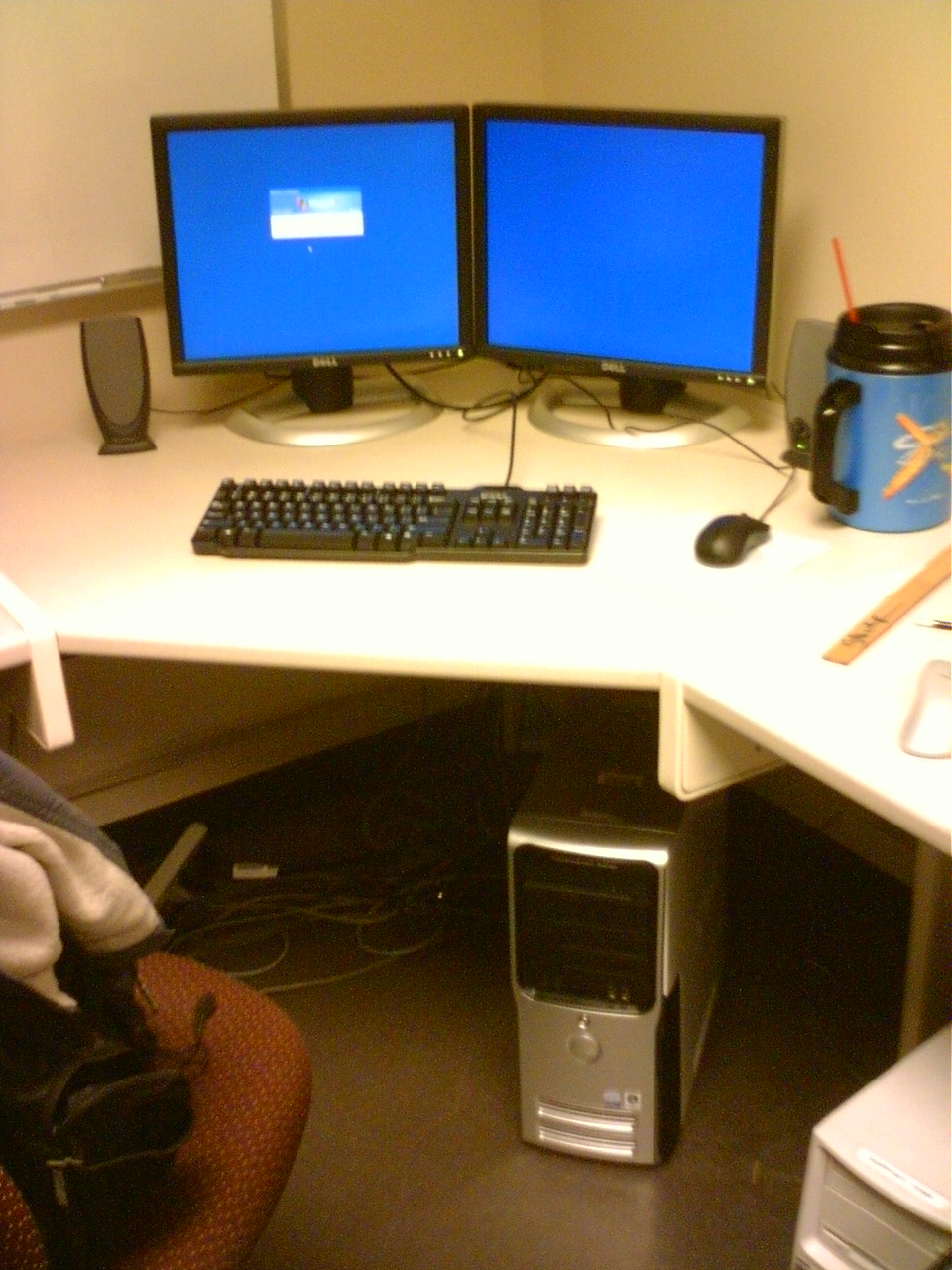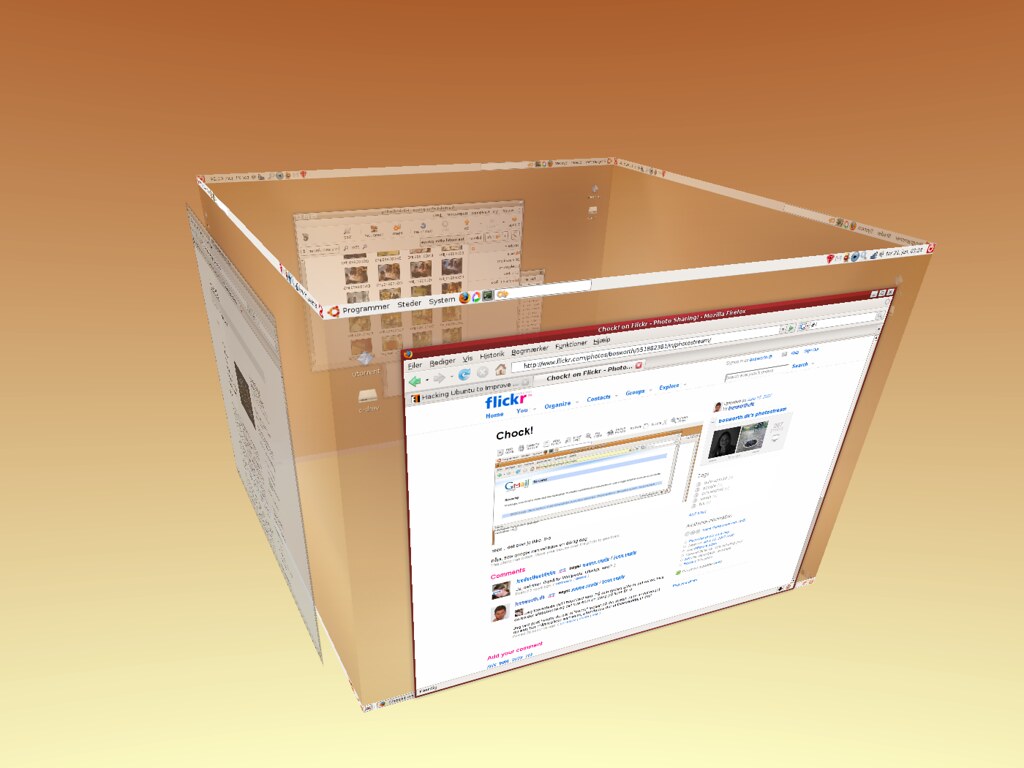Maybe Open Source Software isn't the term we should use anymore. When I say, "Open Source Software" to the average person, they reply with, "I have some band-aids, if you need them." Other times, people reply, "Shareware." I have to reply, "No. Shareware is so 1990's".
The term Open Source seems to give businesses the heebie-jeebies. I've heard one business person say, "I ain't using that commie crap. Give me good old capitalist stuff." I'm sure the Good-Ole-Boy network helped him get his job.
Open Source also seems to imply that the code base is just out in the wild. Available to anyone. I feel much more confident with Open Source, but if I took a look at the code, I'd have no idea what I was looking at.
When I worked in exercise research, the professors refused to even look at anything that wasn't
Peer Reviewed. It also had to be independent of corporate involvement. Never mind that our checks had an exercise company's name on them, and not the University's.
The other day, I explained to someone that Linux was
Peer Reviewed, while the code for Windows wasn't available for Peer Review.
That made more sense to him that the term,
Open Source. I also explained that Linux code was a
meritocracy, while Windows wasn't. The best code made it into Linux, but whatever code was close to being ready made it to Windows.
While Linux is Open Source, I Peer Reviewed Software might be a better term. It implies that the code has been looked over -which it has- been reviewed by industry peers- which it has- and submitted for use -which it has.
I'd like some comments on this idea. Thanks.

